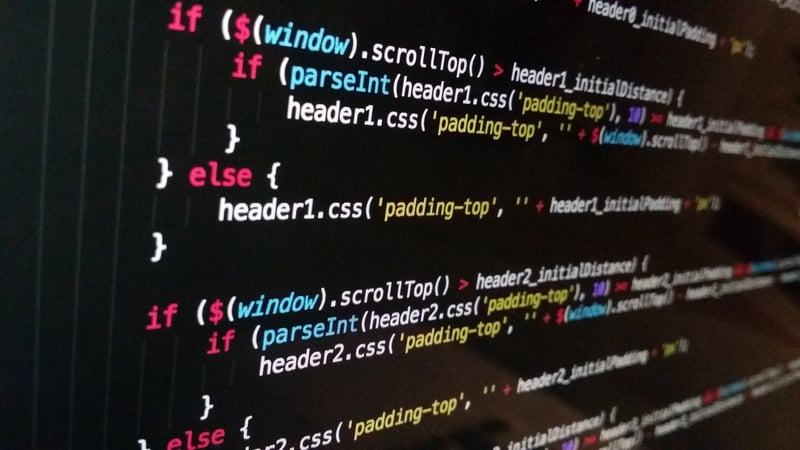
Blog

3 Main Types of Websites: Which is Right for You?

The web we see on our screens will be always rendered the same way, with HTML, CSS and JavaScript. Even when we use different languages in the back-end like PHP, Node or Python, everything renders into the same HTML, CSS, JavaScript combo.
But with the modernization of these tools there are new ways to create websites. The most popular methods to build websites are:
-
Static websites. The same as always, writing HTML, CSS and JavaScript using a text editor.
-
CMS. A prebuilt set of tools that helps us to write, structure and present the content the way we want with less technical knowledge.
-
Site builders. This is a tool for people who can’t code. Users can drag and drop components and create a basic layout in hours, sometimes even minutes.
When and where should we use these tools? I’ll explain below.
Static Websites
If you have a team of developers or the agency you hired has one, AND your project has specific or unique needs, this is your best bet.
Of course, saying that static websites use only HTML, CSS and JavaScript is an oversimplification, because the developers will most likely use a framework or other technology to accomplish the goals with prebuilt technology so they don’t have to reinvent the wheel and make the same mistakes other developers already made. For example, they might use a web framework like Ruby on Rails, Django and/or Express.
CMS
Content Management Systems are the holy grail for clients who need a project they can manage themselves after the initial buildout. They’ll still need a developer’s help for the original buildout and ongoing maintenance, but for regular stuff like adding content and changing small elements of the design, this is what they need.
CMS interfaces like WordPress have taken the web by storm. Just WordPress itself renders 30% of the web — that speaks to how popular and useful it is.
Sometimes a CMS can replace a web framework, but not always. Depending on the needs, like building an e-commerce site, the WordPress plugin WooCommerce can be a better option than building it in Ruby on Rails or Django.
So for a project in which the client wants to keep adding, updating or removing content, this is the way to go.
Also, if you're tech-savvy but not a programmer, this is a good option too. The installation is easy enough for someone who knows their way around FTP, databases and web hosting.
Site Builders
This is the gem for people who want to do it all by themselves. For professionals who can’t afford a web developer, or for nonprofits that need a small website to display information only, this is a good solution.
Most interfaces come with predefined templates and custom components (headers, footers, sliders, etc.) and make the users’ life easier by providing a drag-and-drop interface.
Think of it like this: you have a set of headers and footers you can choose from, then you can edit the text in them and drop the content on the body of the page. Just like that, you have a functional website without any coding required.
One of the big pluses of site builders is that they come already optimized for SEO, performance and accessibility. Every component will come with all the goods — if the site builder is good. And trust me, not all of them are good!
One of the few cons is that, if you require specific requirements of branding or layout, it’ll be difficult because even with site builders, you'll need to know HTML and CSS to make any customization. In that respect, site builders can be pretty limiting.
Need help with your next website project? We are glad to help. We won’t work with site builders, but we can help you with static or WordPress sites.
Subscribe to email updates
Recent posts

Related Articles

Topics

Topics

Topics






